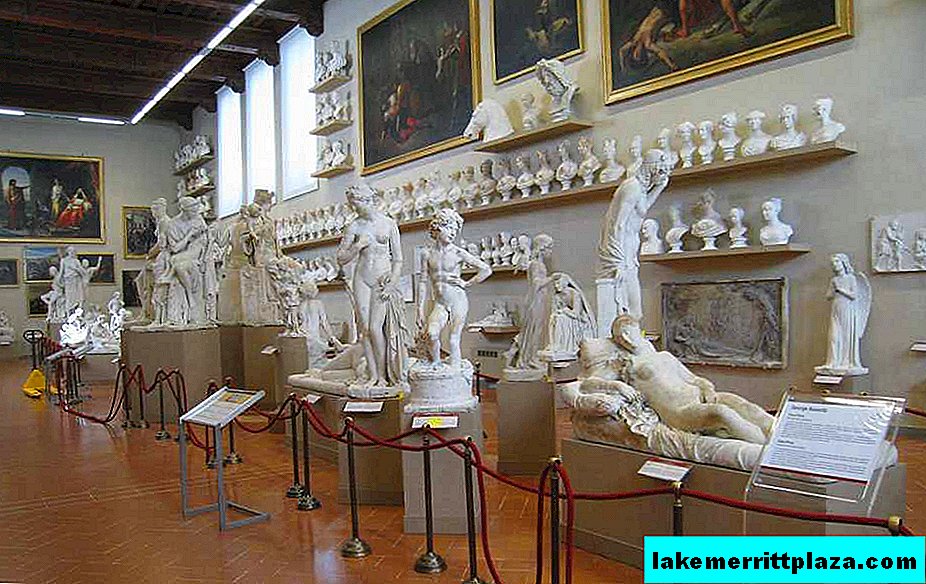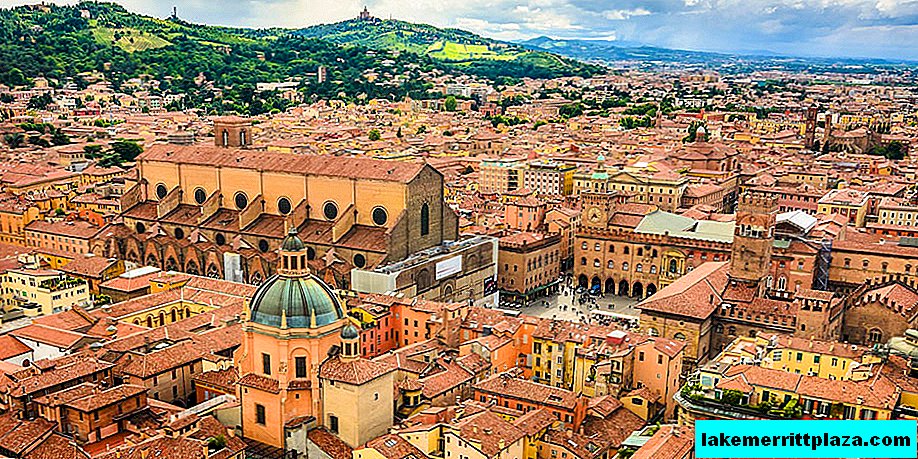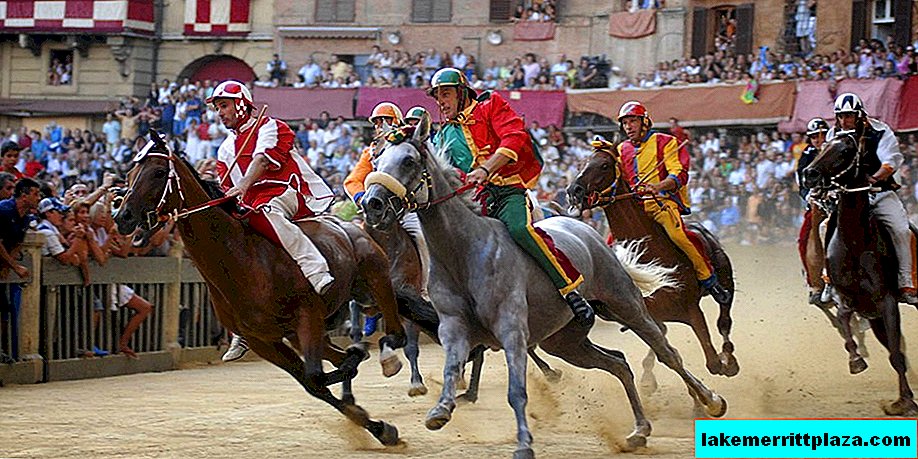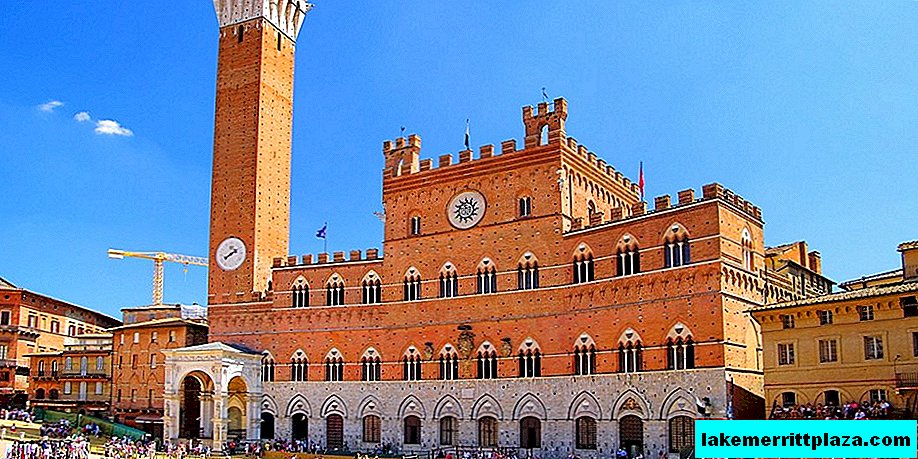The Academy of Fine Arts in Florence (Accademia di belle arti di Firenze) is the first European art educational institution. The Academy's art collection is one of the most valuable in Italy. Most tourists go to Florence in order to get into the gallery of the Academy.

Story
In the middle of the XVI century, Florence ceased to be a republic, but art to some extent still remained the property of the people. Works of art from the Renaissance still stood on the streets and delighted the eyes of the Florentines. However, fine arts less and less worried citizens. Giorgio Vasari (Giorgio Vasari) - painter and architect, artist Agnolo Bronzino (Agnolo Bronzino) and Bartolomeo Ammanati (Bartolomeo Ammanati) - Florentine sculptor, watching how the masters of art moved to France, Rome and Venice, wanted to preserve the cultural heritage of the city. Then Vasari proposed the founding of the world's only Academy of Fine Arts in Florencewhere art masters from all over Europe could study. This idea was supported by Bronzino, Ammanati and the Tuscan Duke Cosimo I de Medici.
In 1562, the Academy was opened in the church of Santissima Annunziata.
The first teachers were the founders of the Academy themselves, outstanding masters of that era, prominent representatives of mannerism. Pupils from all European countries studied works of art by the great Florentine masters on the streets of Florence. The best of them were allowed to restore masterpieces. So in 1588, a restoration direction appeared. Students studied sculpture, architecture, painting, grotesque, and also mastered the methods of metal etching and the creation of musical instruments.
Those wishing to study in Florence increased, works of art, too, and in 1784, by decree of the Tuscan Duke Pietro Leopold II (Leopoldo II), the Academy was transferred to the former hospital at the monastery. Then all the art schools of the city were attributed to the Academy. A gallery was created at the Academy itself, where students studied masterpieces of art by masters of different eras.
In addition to the artistic direction, the Academy taught music. In 1849, the music department turned into the Florentine Conservatory named after Luigi Cherubini (Conservatorio Luigi Cherubini).
It was thanks to the creation of the Academy that many monuments of world culture were created, preserved and restored.
Gallery

The Gallery at the Academy (Gallerie dell'Accademia) was created as an exhibition space for the work of teachers and students, so that the magnificent works inspire new masters.
The Gallery's collection was replenished with works of art from other cities. During the wars with Napoleon, in order not to lose the artistic heritage, the Roman Church gave the Academy its treasures.
In 1873, the Museum opened the work of Michelangelo (Michelangelo). For the famous masterpiece, the sculpture of "David" (Il David), in 1882 they built a separate tribune with special lighting - it seems that the statue will now come to life.
Visitors to the Gallery experience a cultural shock - the perfect works of masters are collected here. The attendance gallery is second only to the Uffizi Gallery (Galleria degli Uffizi).
Artworks

Michelangelo's sculpture "David" - a five-meter five-ton statue, which was transferred to the gallery in 1873 from Signoria Square, where it stood for 400 years. If you look closely, David's right hand is disproportionately large. It is believed that the sculptor displayed the hero’s nickname “manu fortis”, which means “strong hand”. Noteworthy is the fact that David's sling lies on his left shoulder, and the stone is in his right hand, that is, the hero was left-handed. Although the position of the body indicates the opposite. And also a piece of marble, from which Michelangelo created his masterpiece, was twice processed by his predecessors.
Agostino di Duccio, a student of Donatello, after the death of a teacher, abandoned his work on David, barely getting to his feet. After 10 years, Antonio Russellino continued to work on the statue, but found a crack in the block and abandoned the venture.
When Michelangelo finished work, he was 29 years old.
Here are stored his "St. Matthew" (San Matteo) for the cathedral of Santa Maria del Fiore (La Cattedrale di Santa Maria del Fiore), "Palestinian Pieta" (Pieta di Palestrina) and unfinished statues of "Slaves" (Prigioni) - for the tombstone of Pope Julius II.

Another adornment of the Gallery is a copy of "The Abduction of the Sabine Women" (Ratto delle sabine) from the plaster of the work of Giambologna, the original of which is stored in the Loggia de Lanzi.

The churches of Florence granted the Academy a collection of paintings of the XV-XVI centuries, among which the "Madonna by the Sea" (Madonna del Mare) and the "Madonna and Child, Two Angels and John the Baptist" (La Madonna col Bambino, due angeli e Giovanni Battista) Sandro Botticelli ( Sandro Botticelli), "Cassone Adimari" by Skeggi (Lo Scheggia). Here are the creations of Lippi (Filippo Lippi), Pietro Perugino (Pietro Perugino), and other famous artists.
The 14th century collection of Gothic paintings includes an image of the motifs of the life of Jesus and St. Francis of Assisi on the panel of the sacristy by Taddeo Gaddi. On the second floor you will find many Gothic altar paintings.
Exhibited in the Gallery and modern work, like a photograph of the American Robert Mapplethorpe (Robert Mapplethorpe), taken in 1986.
The Conservatory next to the Gallery stores antique musical instruments.
How to get
The Academy's address is Via Ricasoli, 58/60. You can walk from Duomo Square via Via Ricasoli or take the bus to the Ricasoli stop: No. 1, 6, 11, 19, 23, 31, 52, C1.
The Gallery has always a long line, run in small groups of 30 people. Therefore, to buy a ticket at the ticket office on the side of the entrance, you will have to stand for 2-3 hours.
Ticket price at the ticket office: 12 euros, for citizens of the European Union from 18 to 25 years old - 8 euros. The cost of booking in advance is 4 euros per ticket.
To save time, we recommend book a ticket in advance on the Internet at the official partner site www.getyourguide.ru
- Important: We recommend booking your tickets at least one week in advance!

The option with an audio guide in Spanish, English, French, German or Italian will cost 23 euros. There are no audio guides in Russian.

Also a great idea is to see David Michelangelo and understand the rest of the masterpieces with a licensed art guide during an individual tour in Russian. In this case, the guide will reserve tickets for you, and you will pay for them on the spot.
Work mode:
- Tuesday-Sunday, 08:15 - 18:50. Closed on Mondays and holidays: December 25, January 1, May 1;
- In the summer on Fridays - until 22:00;
- Last Tuesday of the month, 19: 00-23: 00 - admission is free, but expect a queue of about 3 hours.
Official gallery partner in Italian and English: www.b-ticket.com.








